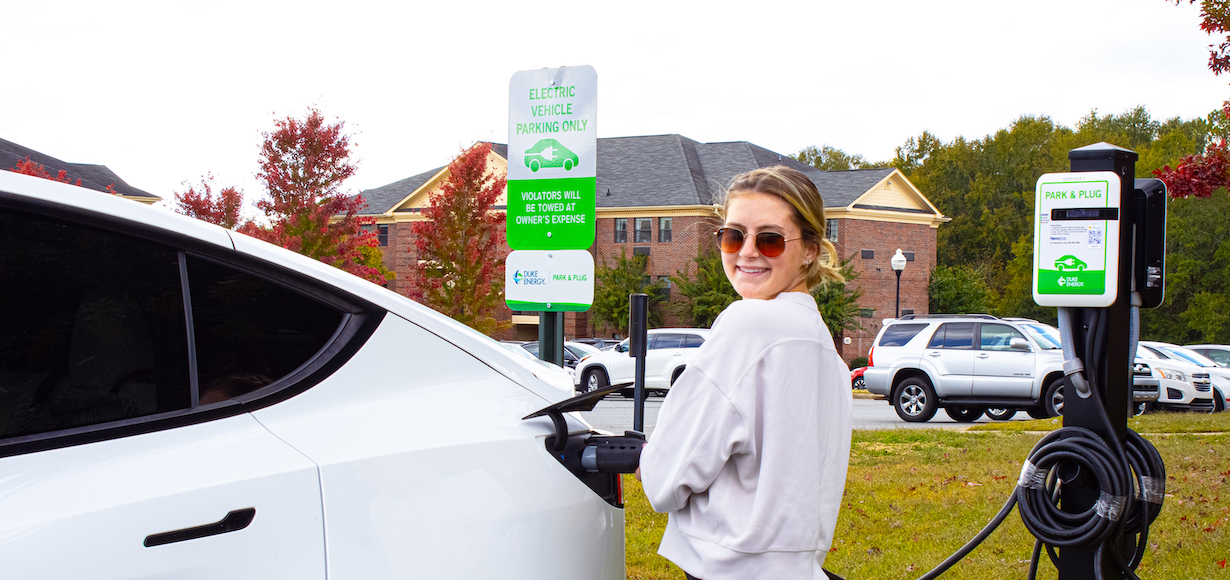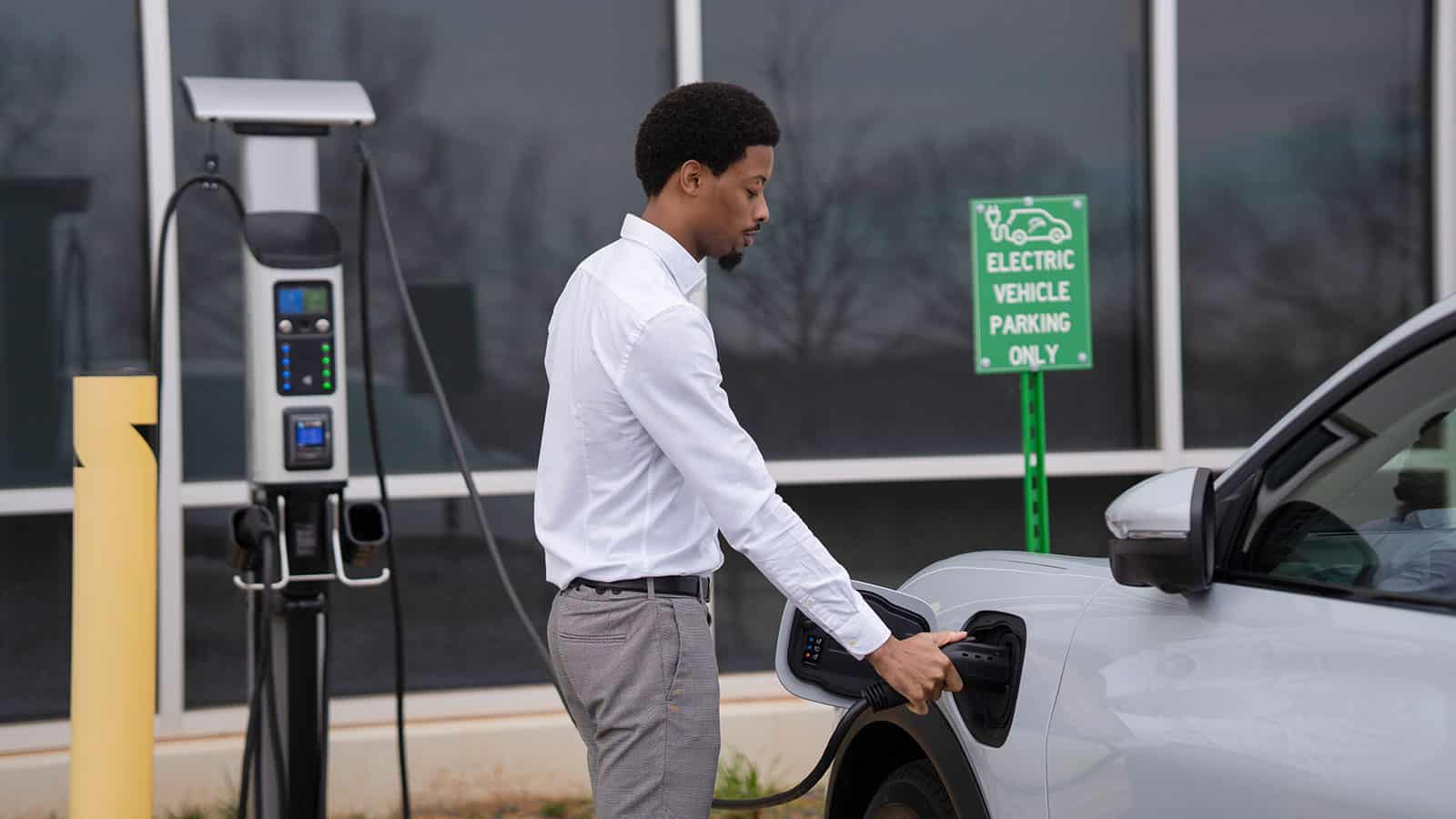New Dope in EV Charging: How the Industry Is Advancing to Satisfy Demand
As the electrical vehicle (EV) market continues to broaden, the billing facilities is going through considerable changes to deal with the surging need. The implications of these innovations elevate essential questions about the future of EV charging and its duty in the more comprehensive energy ecosystem.
Development of Charging Infrastructure
The rapid growth of electric lorry (EV) billing framework is an essential part in promoting the widespread adoption of electrical wheelchair. As federal governments, private companies, and customers increasingly acknowledge the value of minimizing carbon discharges, financial investments in billing networks have actually surged. This facilities development is important to alleviate range stress and anxiety, making sure that EV users have hassle-free accessibility to charging stations.
Significant advancements in billing station innovation and implementation techniques have actually emerged. Urban areas are seeing an expansion of public charging stations, while rural areas are gradually being incorporated into the billing network. Collaborations in between automobile makers and charging companies are ending up being a lot more usual, assisting in the establishment of thorough networks that improve customer experience and ease of access.
In addition, the integration of renewable resource resources into billing terminals is acquiring momentum, promoting sustainability in the EV ecosystem. This change not just supports environmental objectives however also aligns with the increasing demand for green power options amongst consumers.
Ultra-Fast Charging Technologies
Ultra-fast billing technologies stand for a significant jump ahead in the EV charging landscape, allowing electric cars to recharge in a portion of the time contrasted to typical billing techniques. These developments commonly supply power levels surpassing 150 kW, with some systems getting to up to 350 kW or even more, considerably minimizing billing times to as low as 15-30 mins for a considerable cost.
Trick allowing technologies include developments in battery chemistry, power electronics, and thermal monitoring systems. High-capacity batteries with boosted thermal stability allow for faster charging without overheating. EV Charging news. Additionally, growths in billing infrastructure, such as liquid-cooled cables and modular billing terminals, help with efficient power transfer, boosting the total user experience
Major automotive producers and modern technology firms are proactively purchasing ultra-fast billing networks, identifying the essential function they play in getting rid of array anxiety and speeding up the adoption of electrical vehicles. As these technologies end up being a lot more widely readily available, the EV market is expected to witness significant development, making electrical movement a more eye-catching alternative for consumers. On the whole, ultra-fast charging modern technologies are essential in forming the future of sustainable transportation, leading the way for an extra effective and substantial charging community.
Smart Grid Combination

Through demand action strategies, wise grid systems can adjust billing timetables based upon grid problems and power rates. For example, throughout periods of high need, charging can be postponed to off-peak hours, resulting in reduced prices for customers and lowered strain on the grid. Furthermore, vehicle-to-grid (V2G) technologies allow EVs to release power back right into the grid, providing supplementary solutions and enhancing grid security.
Integration with renewable power resources further boosts the sustainability of EV billing. By straightening charging activities with periods of high solar or wind generation, wise grids promote a greener charging infrastructure. Ultimately, clever grid assimilation not just sustains the expanding demand for EVs but additionally adds to a much more sustainable and durable energy future, placing the sector for long-lasting success.
Battery Developments
Among the fast development of electric automobiles (EVs), battery developments stand at the leading edge, driving improvements in performance, efficiency, and sustainability. As the need for EVs rises, manufacturers and researchers are concentrating on improving battery innovations to resolve challenges such as array anxiousness and charging times.
Lithium-ion batteries remain one of the most widely used technology, yet brand-new materials and chemistries are emerging to improve energy thickness and longevity. Solid-state batteries, for instance, guarantee higher energy storage space capacity and boosted safety by changing liquid electrolytes with strong ones. This shift could substantially minimize the risk of fire and find here raise the lifespan of batteries.
Moreover, developments in battery recycling processes are essential for sustainability. Firms are establishing approaches to recover valuable products like lithium, cobalt, and nickel from used batteries, advertising a circular economic climate and lowering ecological effect.

International Charging Requirements

Initiatives are underway to develop global billing requirements that promote compatibility amongst various EV designs and charging stations. web link Organizations such as the International Electrotechnical Commission (IEC) and the Society of Automotive Engineers (SAE) are working collaboratively with her comment is here auto producers and power providers to produce thorough standards. EV Charging news. These standards aim to simplify the charging process, reduce the demand for multiple adapters, and improve user experience
In addition, standardization can considerably boost the growth of the charging network, as it motivates financial investment by making facilities advancement a lot more foreseeable and reliable. As the EV market matures, a unified approach to billing requirements will certainly be crucial for making certain that consumers can charge their vehicles easily and accurately, thereby sustaining the broader change to lasting transportation.
Conclusion
The electric automobile charging industry is undergoing substantial makeover to address the surging need for lasting transport. Developments accountable framework, ultra-fast innovations, clever grid integration, and cutting-edge battery options are pivotal in improving user experience and operational performance. Furthermore, the pursuit of global billing criteria is crucial for ensuring interoperability throughout various areas and systems. Collectively, these growths position the market to support a more comprehensive adoption of electrical vehicles, inevitably adding to an extra sustainable future.
Urban areas are seeing an expansion of public charging stations, while country areas are gradually being integrated right into the billing network. Additionally, advancements in billing framework, such as liquid-cooled cables and modular charging stations, assist in reliable power transfer, enhancing the general customer experience.
On the whole, ultra-fast charging modern technologies are essential in shaping the future of lasting transport, leading the way for an extra considerable and efficient charging community. - EV Charging news
By lining up charging tasks with periods of high solar or wind generation, smart grids promote a greener billing framework.Efforts are underway to develop international billing criteria that assist in compatibility among numerous EV models and billing terminals.